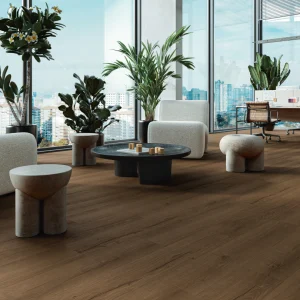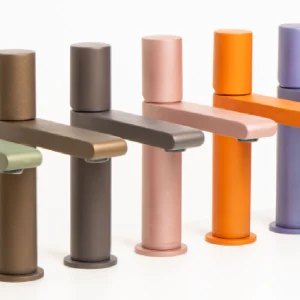Designed by Renzo Piano Building Workshop, the tower is conceived as a small vertical city in the sky, with the capacity to house 10,000 workers and commuters daily. Integrated with a lot of sustainable credentials, the building’s location on an irregular-shaped site, forms part of a new development called London Bridge Quarter.
The 72-story building resembles a shard or flake of glass, and contains 586,509 square feet of office space, residential apartments, Europe’s first five-star rated Shangri-La Hotel, retail space, and restaurants. The building will be topped by a 15-story public viewing gallery.
The Italian architect Renzo Piano has implemented a sophisticated use of glazing, with expressive facades of angled panes intended to reflect light and the changing patterns of the sky. This will enable the form of the building to change according to the weather and seasons. The new tower has replaced Southwark Towers, a 24-story office building which was completed in 1976.
The design seeks inspiration from London’s churches and the top sails of the ships that used to moor on the Thames. The building will complement the irregular nature of the site. Each façade of the building is a flake of glass tending inward and rising to the top, resembling a glass pyramid. The top corner of the tower is open as the glass shards or flakes do not touch each other. This is conceived as the breathing space for the tower.
The winter gardens integrated within the structure will allow occupants to enjoy natural light and air within the office. The office entrance also benefits from direct access to London Bridge mainline station, the bus station, and the Jubilee and Northern lines on the underground.
The 34 to 52 floors of the tower will be occupied by the first Shangri-La Hotel in the UK. The hotel with 195 rooms and suites will feature a signature Shangri-La Spa on floor 52, which is available to guests, as well as the residents and workers in the Shard and London Bridge Place.
Floors 53 to 65 will feature apartments which are considered to be the highest elevation residences in the UK. In order to ensure exclusivity and privacy, the residents at the Shard will have their own private entrance on St Thomas Street. Viewing galleries are incorporated into the design at floors 68-72. Public can use the space for a 360 degree view across London.
The building is designed to use around 30% less energy than other comparable buildings. This is achieved by a combination of sophisticated materials, such as the triple-skin glass façade containing computer-controlled Venetian blinds that will shield occupants from the sun and reduce the need for air conditioning. Heat generated by the computers in the offices will be recycled to help heat the hotel and apartments higher up.
Another notable sustainable credential is that the tower will be a virtually car-free building. It will offer space for just 47 cars for the disabled. When completed in 2012 it will be the tallest building in the UK, and one of the tallest in Europe. The Shard will offer a vantage point at almost twice the height of the London Eye – the largest ferris wheel in Europe.
London’s future development will be oriented toward increasing density in central London, particularly near major public transport nodes. This is intended to improve the efficiency of the public transport system and maximize the use of space around a transport hub. The Shard, ideally located above one of London’s key commuter stations, bus interchange and two main underground lines, is a perfect response to the need of the hour.





